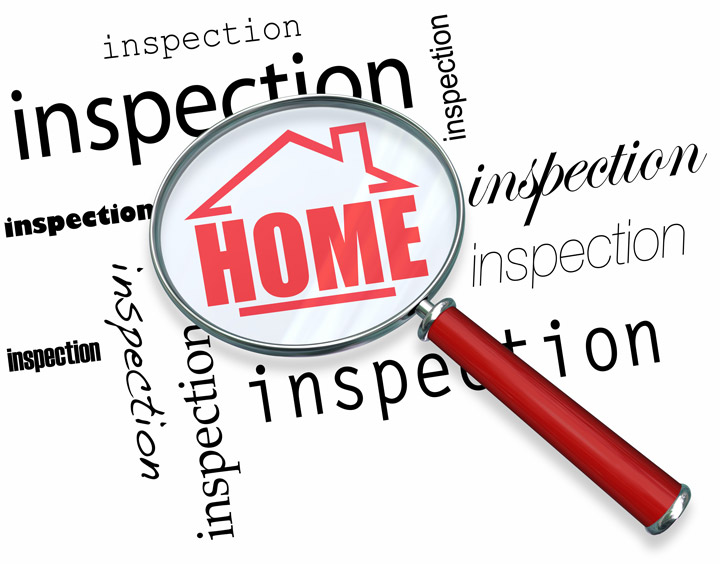
Understanding the Appraisal ProcessTheir home's purchase can be the most serious financial decision most people might ever make. It doesn't matter if where you raise your family, a seasonal vacation property or one of many rentals, purchasing real property is a detailed transaction that requires multiple parties to pull it all off. Practically all the people participating are very familiar. The most familiar person in the transaction is the real estate agent. Next, the bank provides the financial capital required to fund the exchange. And the title company ensures that all aspects of the sale are completed and that the title is clear to transfer from the seller to the purchaser. So, who makes sure the real estate is worth the amount being paid? In comes the appraiser. We provide an unbiased estimate of what a buyer might expect to pay — or a seller receive — for a property, where both buyer and seller are informed parties. A licensed, certified, professional appraiser from James M Hanson Associates, Inc will ensure, you as an interested party, are informed. The inspection is where an appraisal beginsTo ascertain an accurate status of the property, it's our responsibility to first complete a thorough inspection. We must actually view features, such as the number of bedrooms and bathrooms, the location, and so on, to ensure they indeed exist and are in the shape a reasonable buyer would expect them to be. To ensure the stated square footage has not been misrepresented and convey the layout of the house, the inspection often includes creating a sketch of the floorplan. Most importantly, the appraiser looks for any obvious features - or defects - that would affect the value of the property. After the inspection, an appraiser uses two or three approaches to determining the value of the property: paired sales analysis and, in the case of a rental property, an income approach. 
Cost ApproachHere, the appraiser pulls information on local building costs, the cost of labor and other factors to figure out how much it would cost to replace the property being appraised. This value usually sets the maximum on what a property would sell for. The cost approach is also the least used predictor of value. 
Paired Sales AnalysisAppraisers can tell you a lot about the subdivisions in which they work. They innately understand the value of particular features to the people of that area. Then, the appraiser looks up recent transactions in the area and finds properties which are 'comparable' to the real estate at hand. Using knowledge of the value of certain items such as upgraded appliances, extra bathrooms, additional living area, quality of construction, lot size, we add or subtract from each comparable's sales price so that they more accurately match the features of subject.
A valid estimate of what the subject might sell for can only be determined once all differences between the comps and the subject have been evaluated. At James M Hanson Associates, Inc, we are experts when it comes to knowing the worth of real estate features in Cape May and Cape May County neighborhoods. This approach to value is most often awarded the most weight when an appraisal is for a real estate purchase. Valuation Using the Income ApproachA third method of valuing approach to value is sometimes employed when a neighborhood has a reasonable number of rental properties. In this situation, the amount of income the property generates is factored in with income produced by nearby properties to determine the current value. Putting It All TogetherCombining information from all approaches, the appraiser is then ready to state an estimated market value for the subject property. The estimate of value on the appraisal report is not always what's being paid for the property even though it is likely the best indication of what a property is worth. There are always mitigating factors such as the seller's desire to get out of the property, urgency or 'bidding wars' that may adjust the final price up or down. But the appraised value is often used as a guideline for lenders who don't want to loan a buyer more money than the property is actually worth. Here's what it all boils down to, an appraiser from James M Hanson Associates, Inc will guarantee you discover the most fair and balanced property value, so you can make wise real estate decisions. |